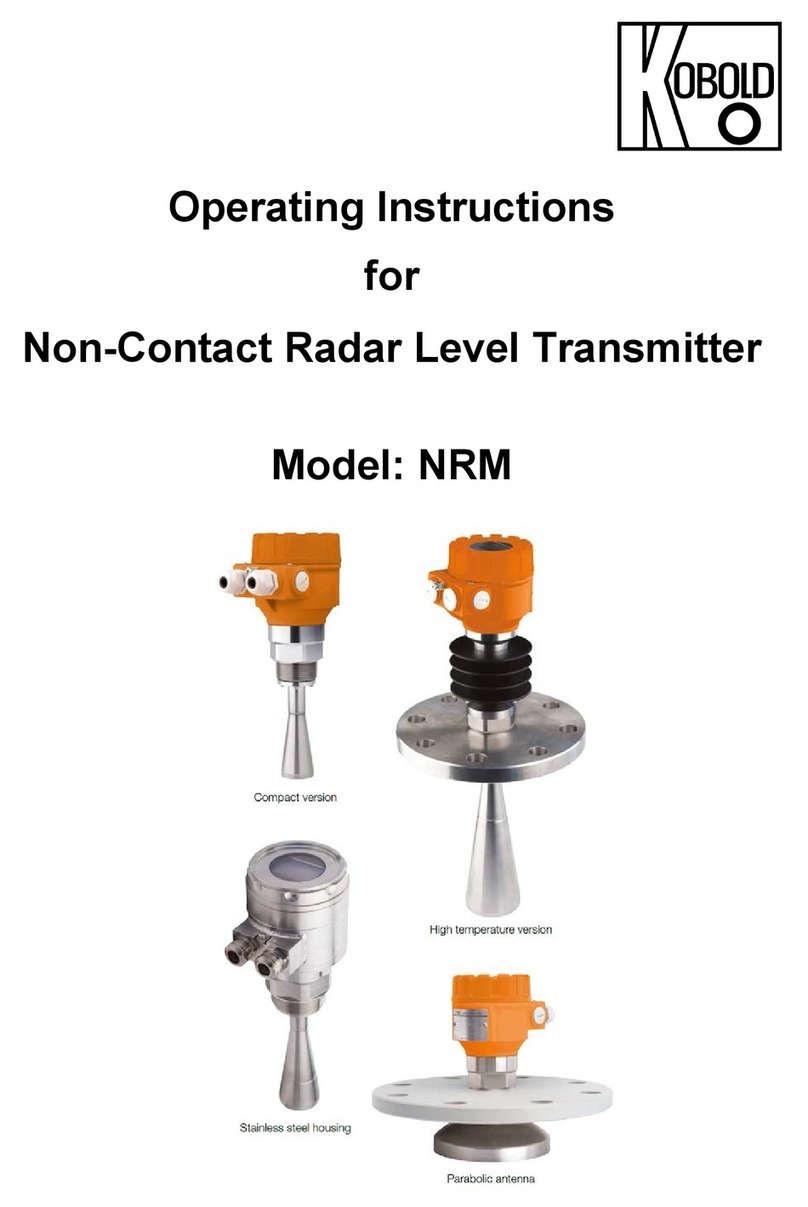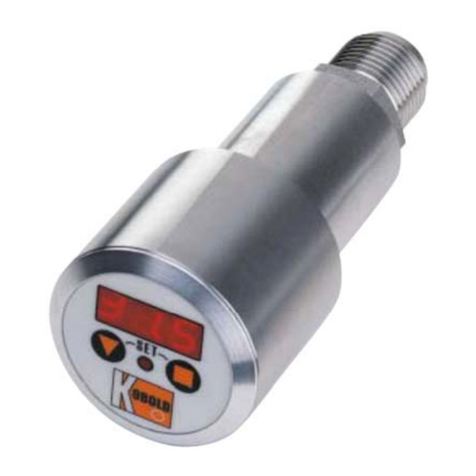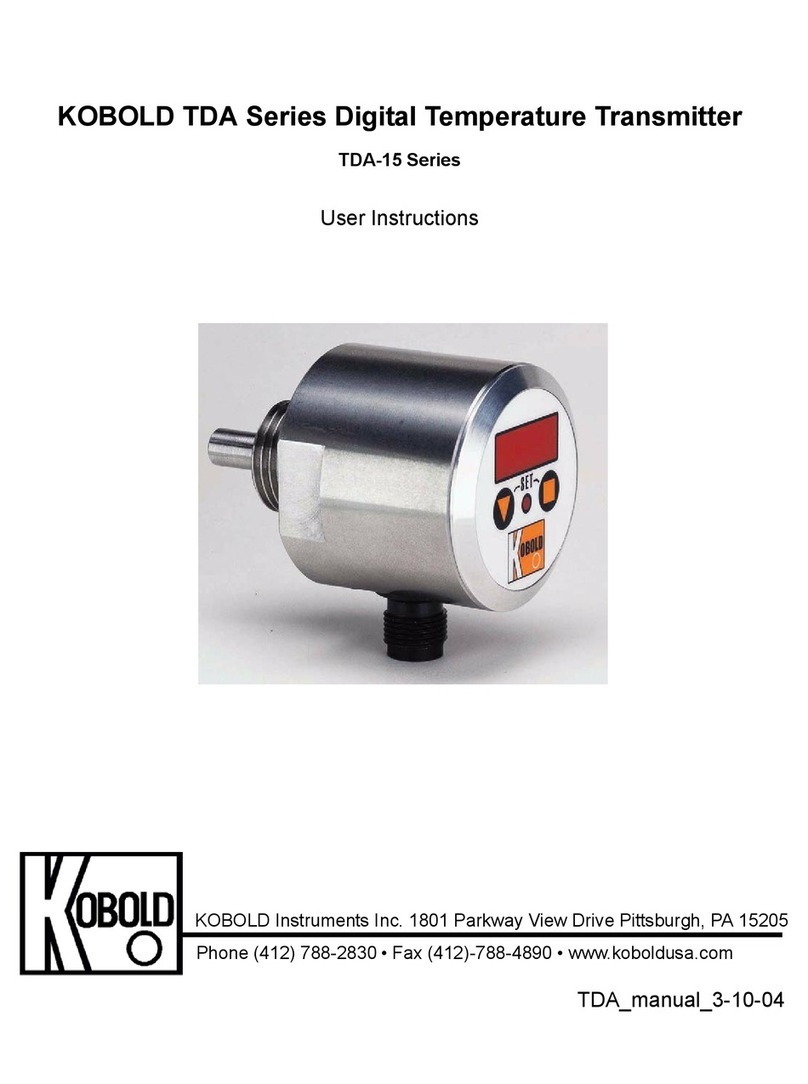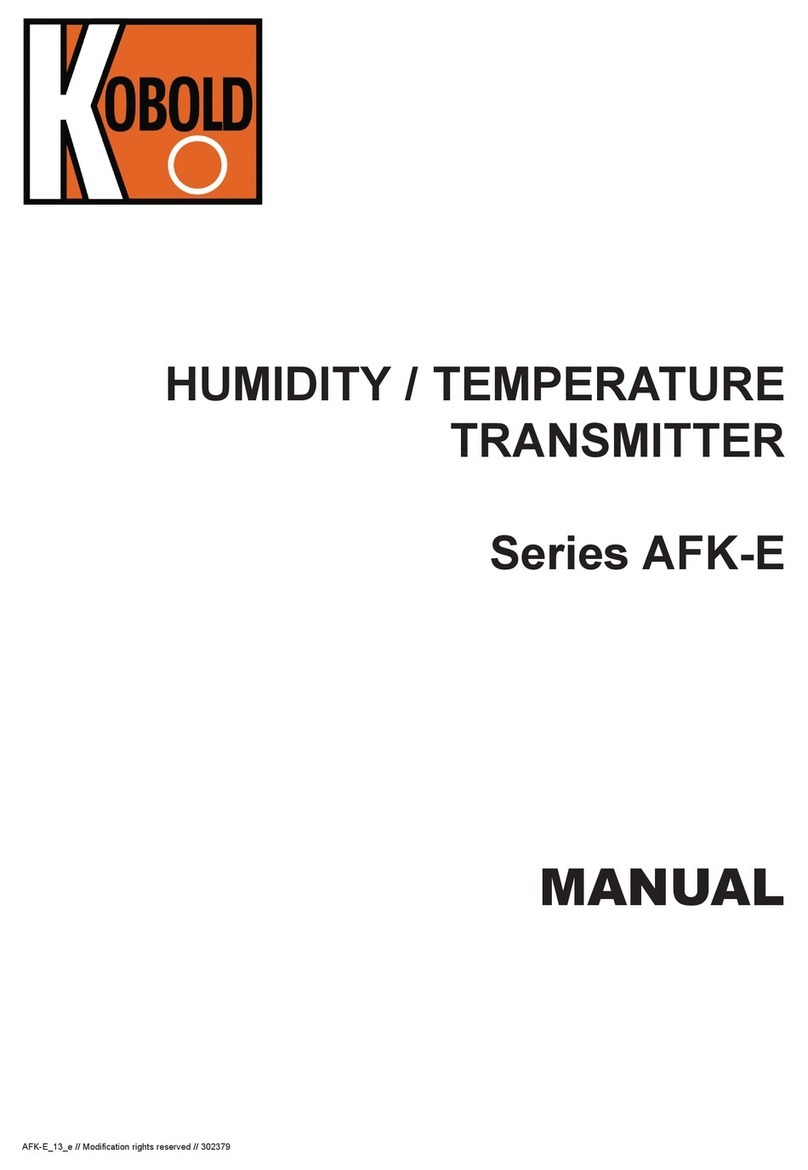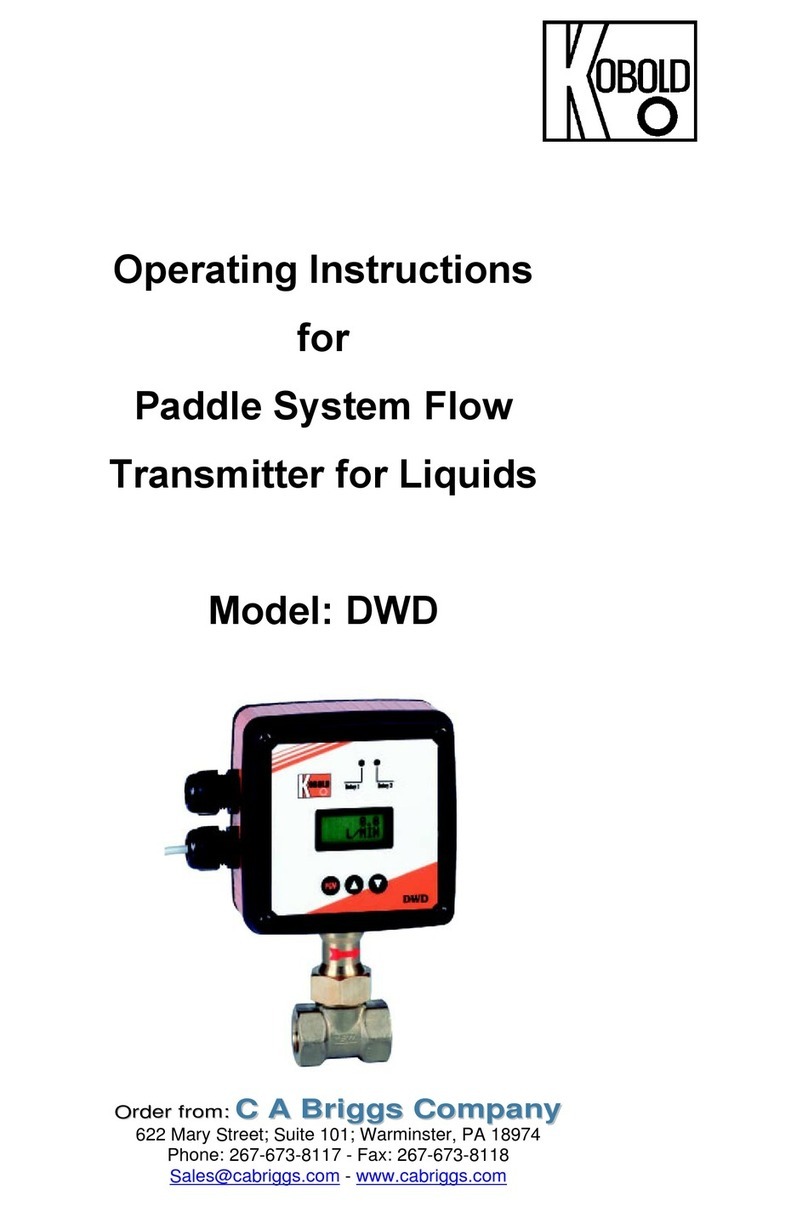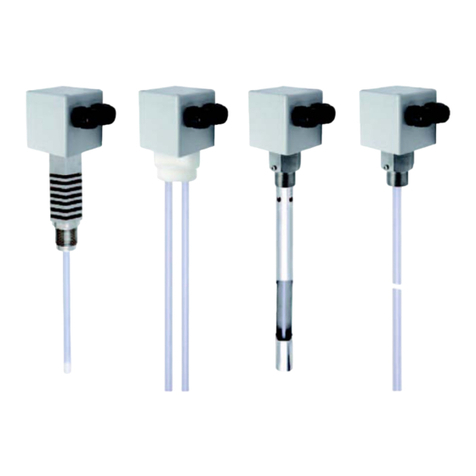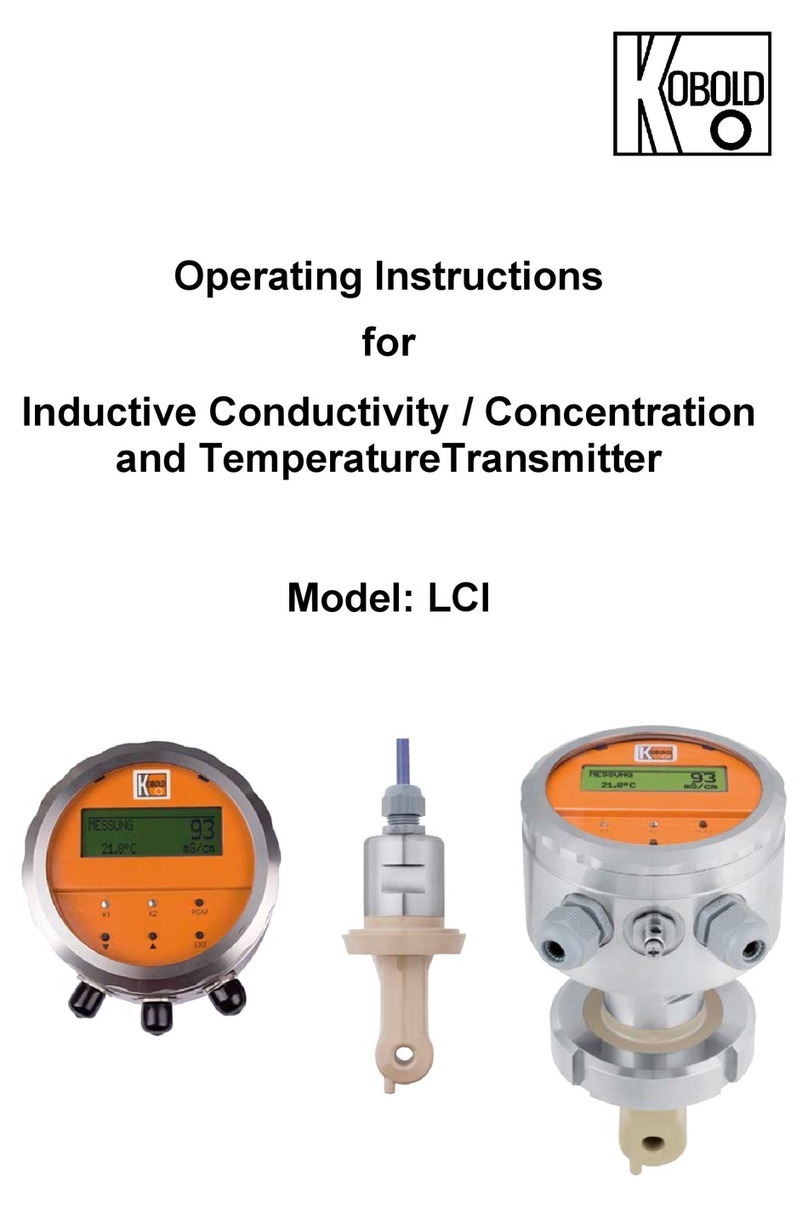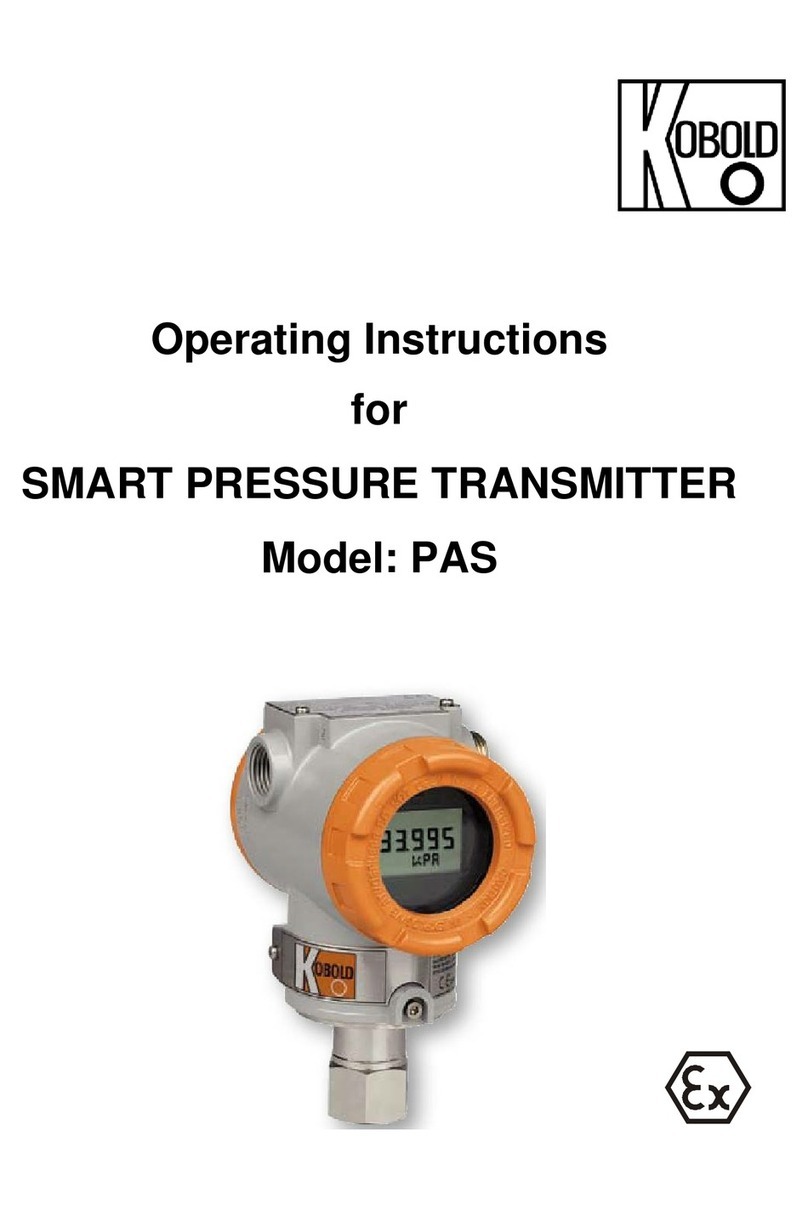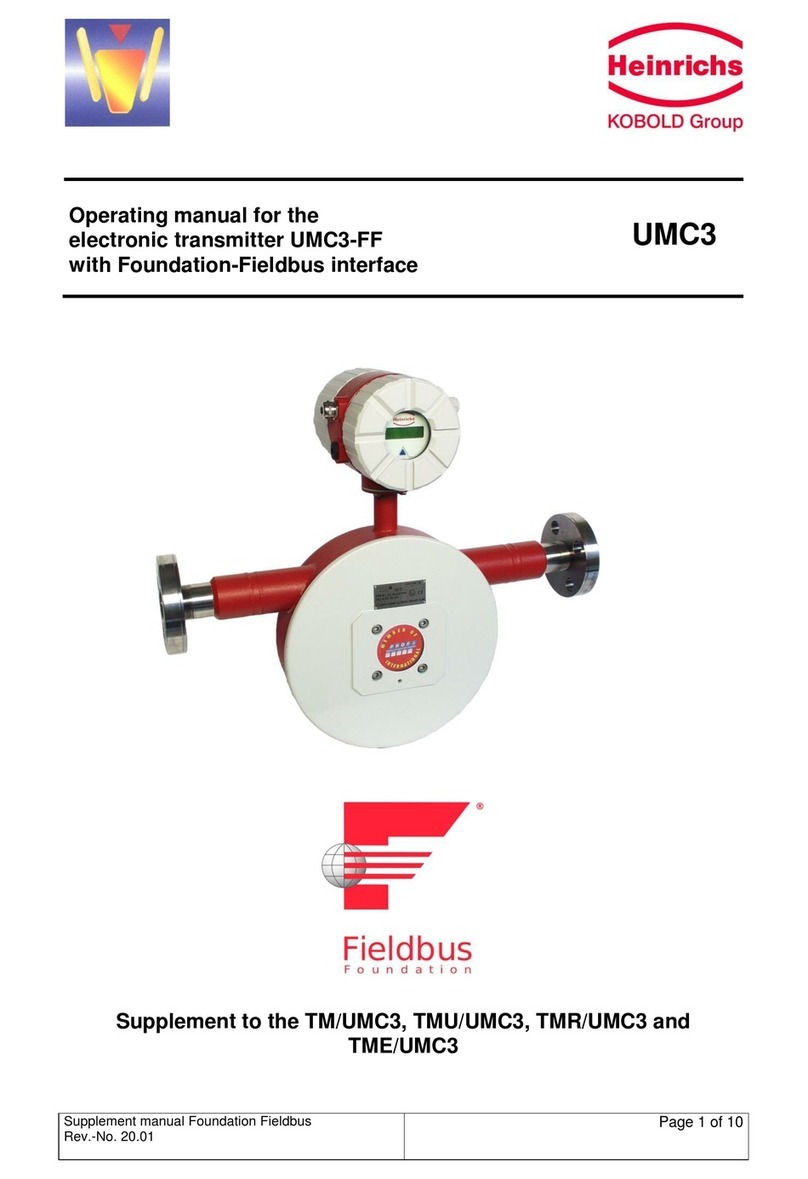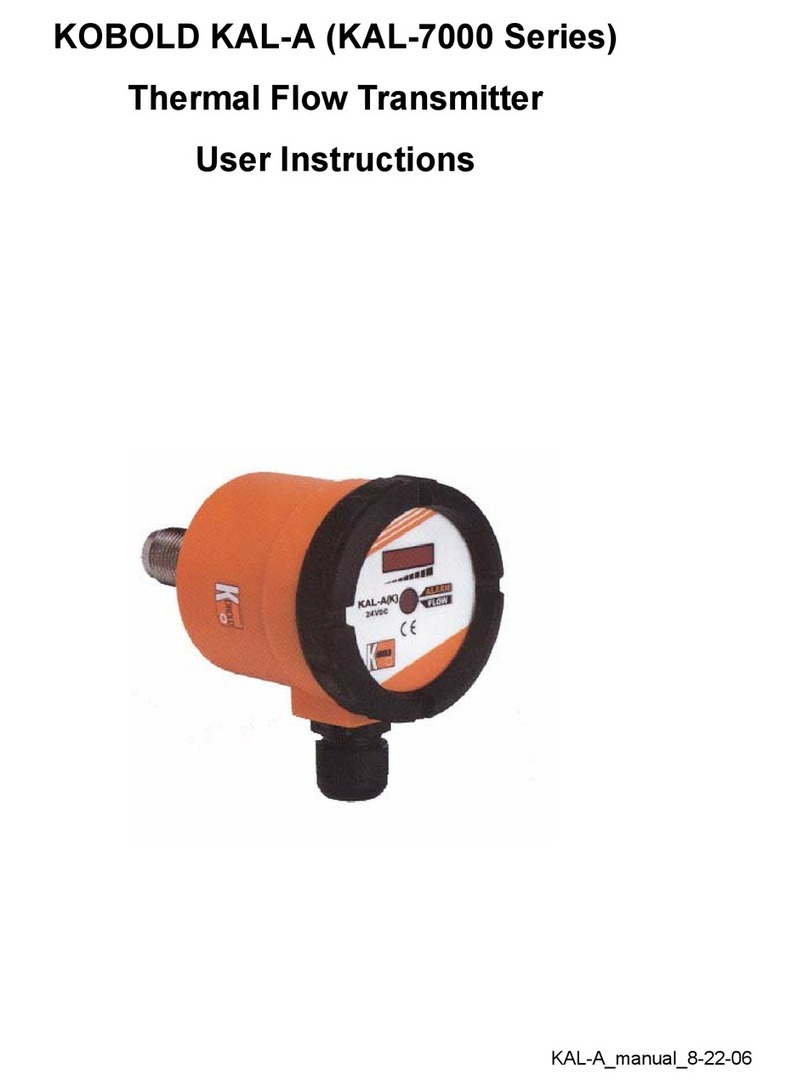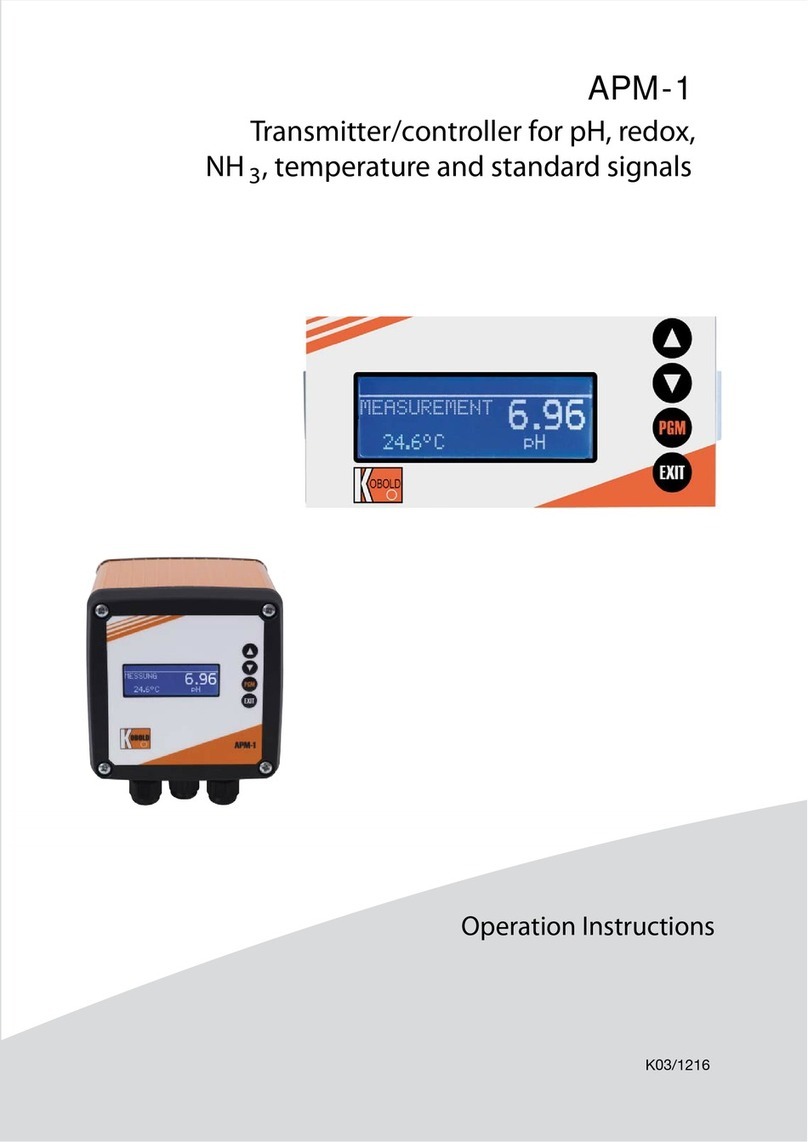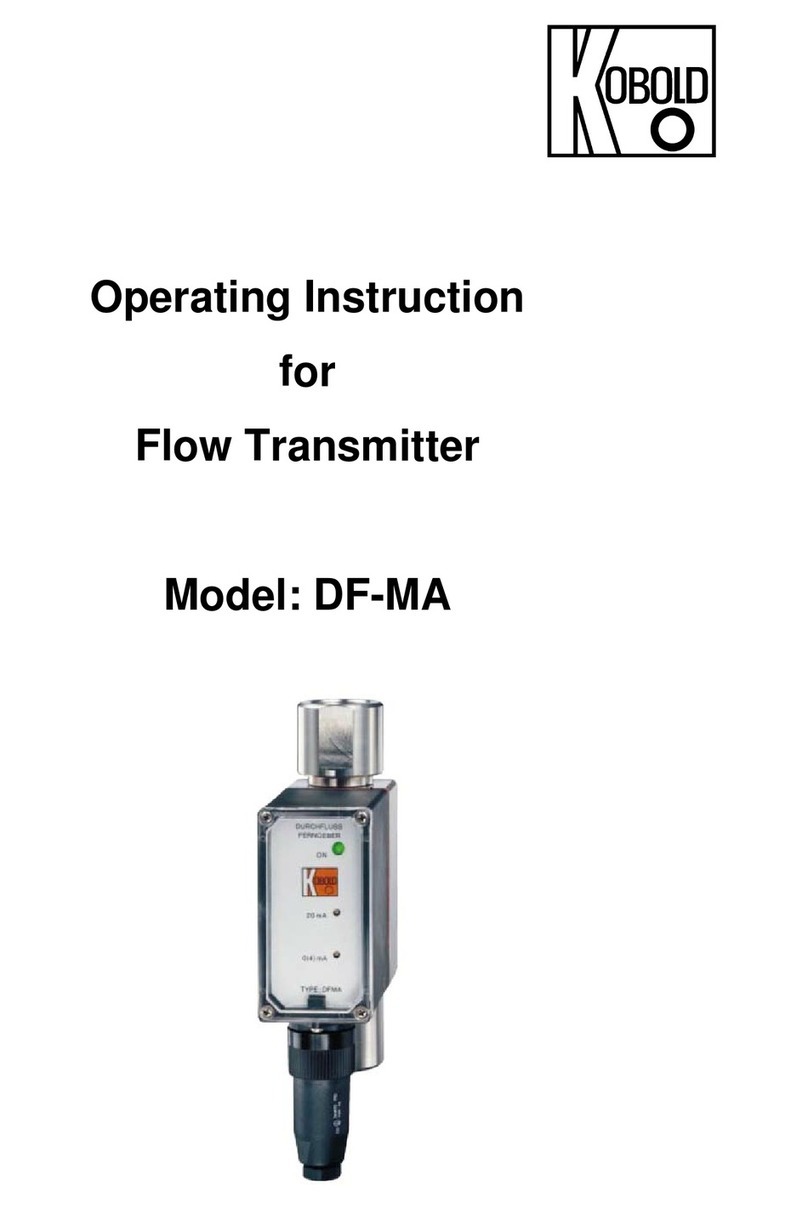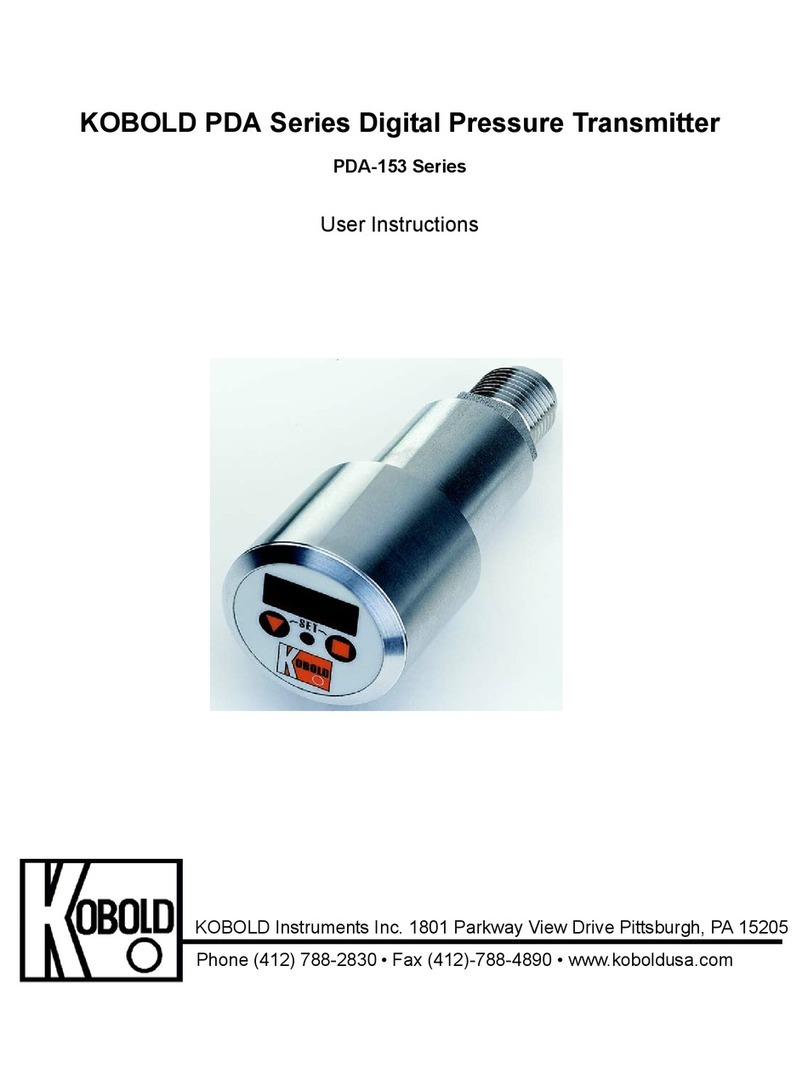PAD
page 2 PAD K05/0411 ATEX
1. Contents
1. Contents........................................................................................................2
2. Introduction ...................................................................................................4
2.1 Using This Manual ...............................................................................4
2.2 Overview of Transmitter.......................................................................5
2.3 Software Compatibility .........................................................................5
2.4 Transmitter Components .....................................................................6
3. Handling Cautions.......................................................................................10
3.1 Unpacking..........................................................................................11
3.2 Models and Specifications Check ......................................................11
3.3 Storage ..............................................................................................11
3.4 Selecting the Installation Locations....................................................12
3.5 Performing Sensor Zero Trim after Installation ..................................12
3.6 Pressure Connections........................................................................13
3.7 Waterproofing of Cable Conduit Connections....................................13
3.8 Restrictions on Use of Radio Transceivers ........................................13
3.9 Insulation Resistance Test and Dielectric Strength Test....................14
3.10 Installation of Explosion Protected Type Transmitters .......................15
3.11 EMC Conformity Standards ...............................................................16
4. Transmitter Functions .................................................................................16
4.1 Overview............................................................................................16
4.2 Safety Message .................................................................................16
4.3 Warning .............................................................................................17
4.4 Fail Mode Alarm.................................................................................17
4.5 EEProm-Write Enable / Disable Mode Switch ...................................19
4.6 Configuration of Alarm and Security Jumper Procedures ..................20
4.7 Configuration Using Zero and Span Push Buttons ............................20
4.8 Additional Functions (valid for PAD-F only) .......................................31
4.9 Wiring Connections for External HHT/ Ammeter................................38
5. Installation...................................................................................................39
5.1 Overview............................................................................................39
5.2 Safety Message .................................................................................39
5.3 Warning .............................................................................................40
5.4 Commissioning on the bench with Hand-Held Terminal ....................41
5.5 General Considerations .....................................................................42
5.6 Electrical Considerations ...................................................................42
5.7 Wiring.................................................................................................43
5.8 Mechanical Considerations................................................................49
5.9 Environmental Considerations ...........................................................51
6. On-line Operation........................................................................................52
6.1 Overview............................................................................................52
6.2 Safety Message .................................................................................52
6.3 Configuration Data Review ................................................................52
6.4 Check Output.....................................................................................53
6.5 Basic Setup........................................................................................53
6.6 Detailed Setup ...................................................................................54
6.7 Tag Information set up.......................................................................54
6.8 Diagnostics and Services...................................................................55
